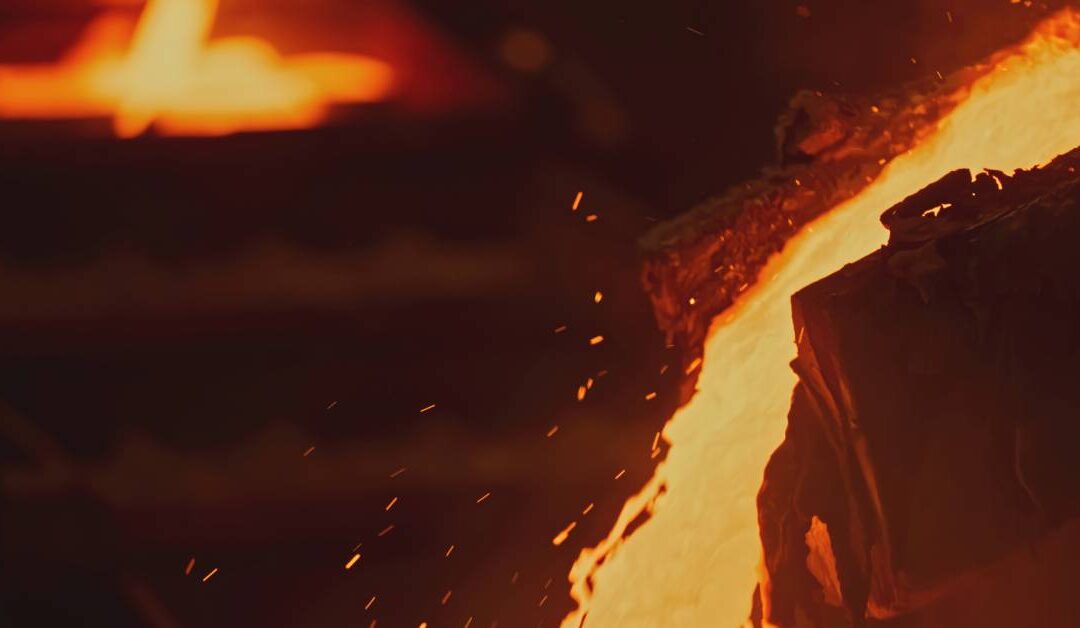Choosing the right material for producing metals is as crucial as the design itself. Metal alloys combine two or more metals (or metals with non-metals) and provide unique properties for specific applications. Let’s take a look at ferrous and non-ferrous metal alloys to understand the nuances between them.
What Are Metal Alloys?
Metal alloys consist of multiple elements that achieve specific traits. Because of their properties—improved strength, corrosion resistance, and light weight—they often outperform pure metals. For example, combining iron with carbon forms steel, a classic alloy known for its versatility and durability.
Ferrous Metal Alloys
Ferrous alloys, primarily made of iron, are strong, making them essential in construction, automotive manufacturing, and heavy manufacturing. Steel has tensile strength and adaptability, making it useful for erecting skyscrapers and creating surgical tools. Cast iron has excellent heat retention, so it’s common for making cookware and engine blocks.
These alloys are widely available, but they can rust without surface treatments like chromium in stainless steel. Their density also makes them heavy, which can limit their use in applications that require final products to be lightweight.
Non-Ferrous Metal Alloys
Non-ferrous alloys do not contain iron, which increases their corrosion resistance and lowers their weight. Common examples include aluminum alloys (used extensively in aerospace and automotive industries), copper (valued for its excellent conductivity), and brass (a combination of copper and zinc for decorative items and plumbing fixtures). Aluminum has a great strength-to-weight ratio, but the cost is generally higher than ferrous metals.
Comparing Ferrous and Non-Ferrous Metal Alloys
The primary differences between ferrous and non-ferrous metal alloys lie in their composition and applications. Non-ferrous alloys, including copper or aluminum, excel in environments prone to corrosion. AMS 4616 is a non-ferrous, strong, and corrosion-resistant metal that is common in the marine and chemical sectors.
Weight and cost also differentiate these materials. Non-ferrous metals are lightweight and ideal for creating transportation components but demand a bigger budget. In contrast, ferrous materials, such as steel, are more affordable but tend to be heavier and less resistant to environmental conditions. Ferrous metals are also magnetic, making them useful in motor manufacturing and electrical devices.
At Wieland Diversified, we know precision matters. With years of experience in metal alloys, we can provide expertise to help you choose the right alloy for your needs.
The Right Alloy for Every Application
Success in metalworking hinges on selecting alloys suited to the task. Engineers and manufacturers need to weigh corrosion resistance, weight-to-strength ratio, and budget to identify the best material. Approaching every project with a thorough understanding of metal alloys guarantees optimal long-term performance.

